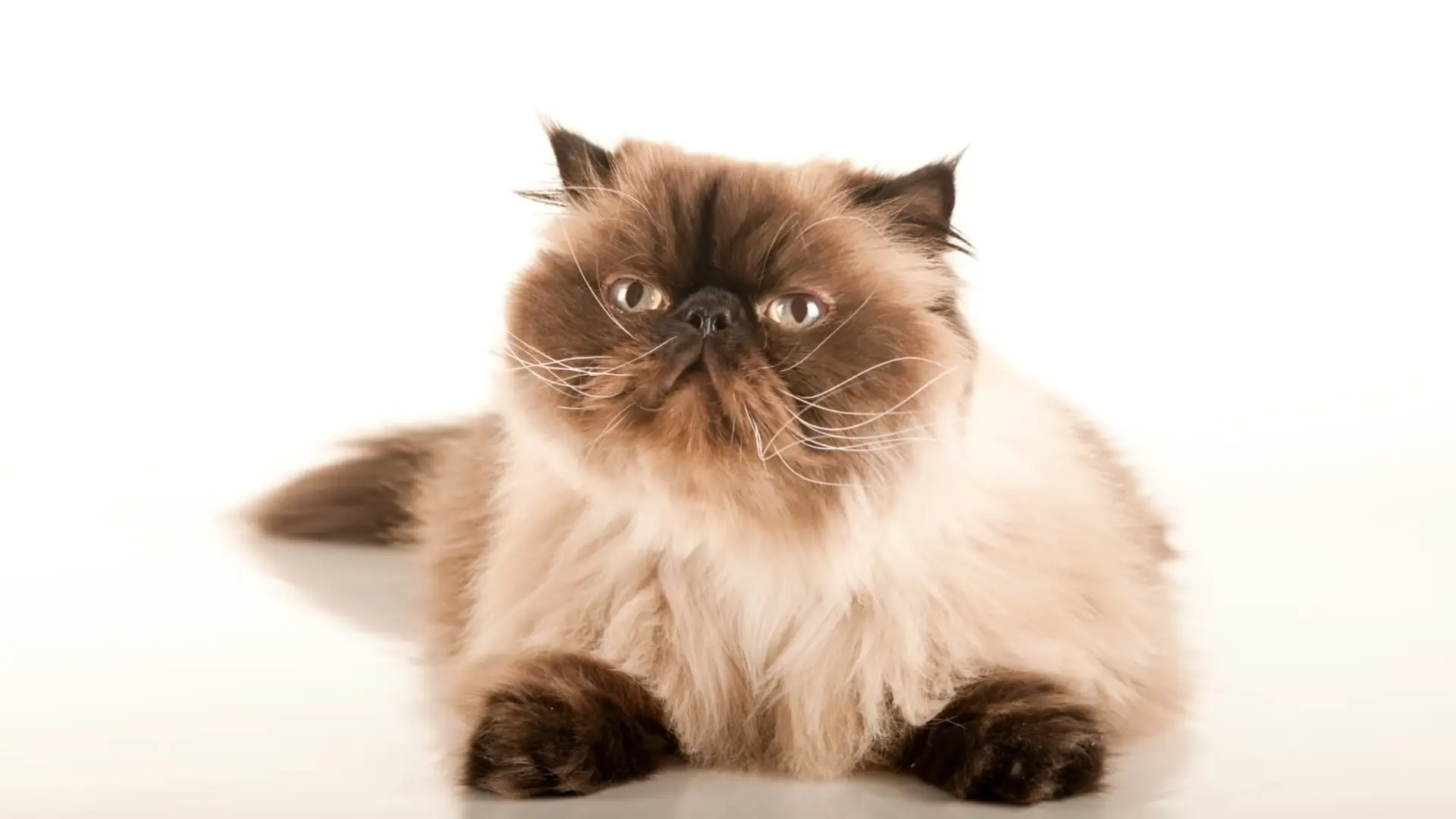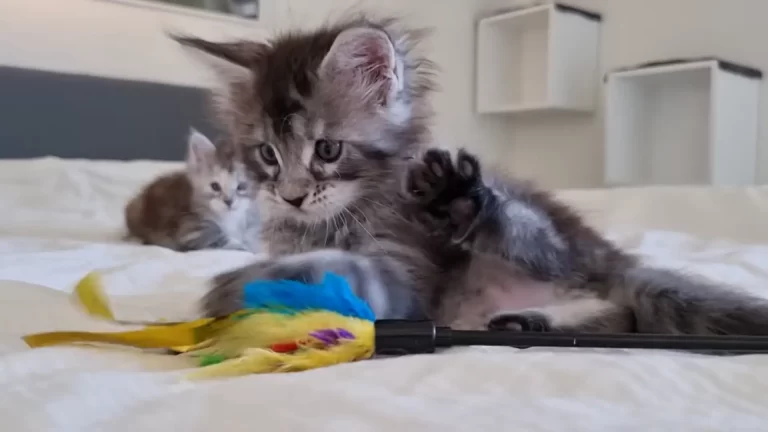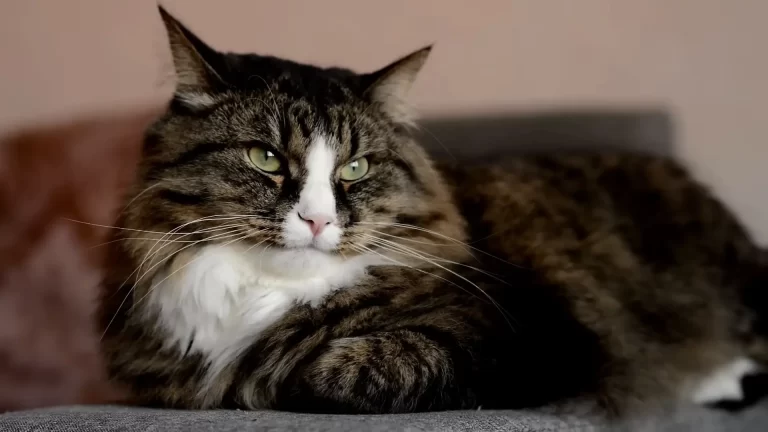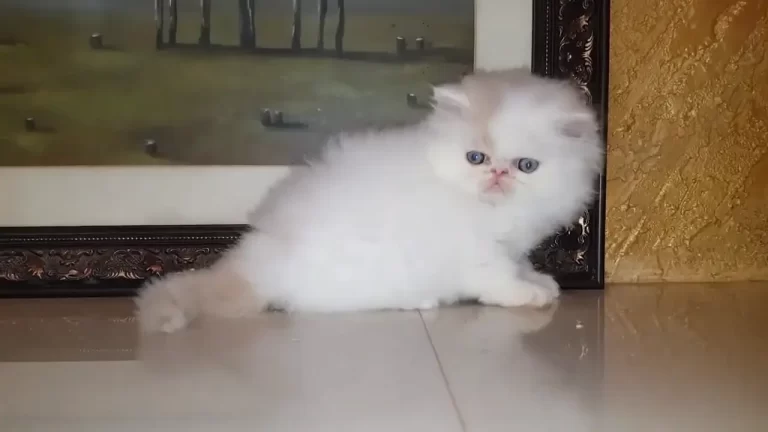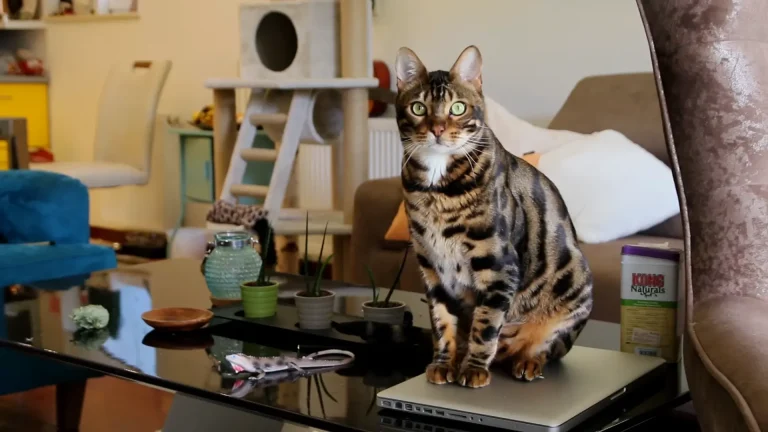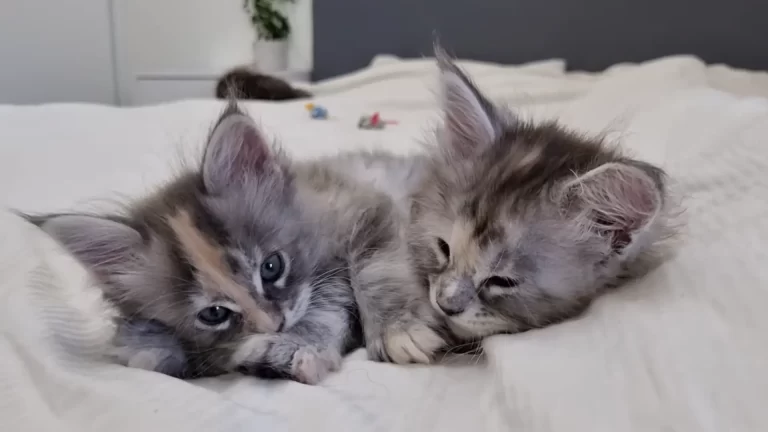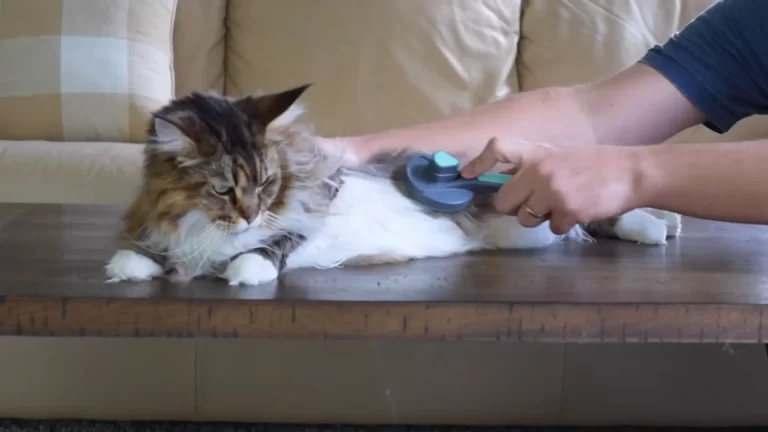Persian Cat Growth Chart
Persian Cats are renowned for their unique and adorable appearance, characterized by a flat and chubby face. Persian cat growth speed can be described as “slow” compared to other normal domestic cats, as these cats take 1 to 2 years to become an adult. However, there are some other breeds like “Maine Coon” that even take longer to become an adult. The growth of a Persian cat depends somehow on their humans, because there are various factors that can influence on their growth. A well-cared-for cat can grow quickly and be healthy.
As one of the oldest and most beloved cat breeds, Persians have captivated the hearts of many people around the world with their luxurious long fur and regal demeanor. The majority of people prefer to get a kitten and raise it with love, just like their own children. And it is beneficial for humans as they have the opportunity to create a strong bond with their Persian pet. Understanding the various stages of Persian cat growth not only provides valuable insights for responsible ownership but also allows you to appreciate and enjoy the unique features that make this breed truly special.
Kittens are always cuter and more playful than adult cats, and raising a kitten is the most joyful part of a human’s life. Cute little things from Persian kittens make their human lives full of fun. It won’t be wrong to say that a Persian kitten growth period is the most joyful part of the owner’s life. From their soft downy fur to their endearing antics, Persian kittens enchant everyone in their vicinity.
When you raise a kitten, you develop an emotional attachment to it, and this bond continues to grow over time. As a result, you take responsibility of your kitten as your kid, which is best for both of you. Kittens also grow watching your love for them and shower their affection and love on you, and that’s why they become something more than your pet. Persian kitten growth under your supervision offers a long-lasting companionship that evolves through various life stages, each stage has its own set of joys and challenges.
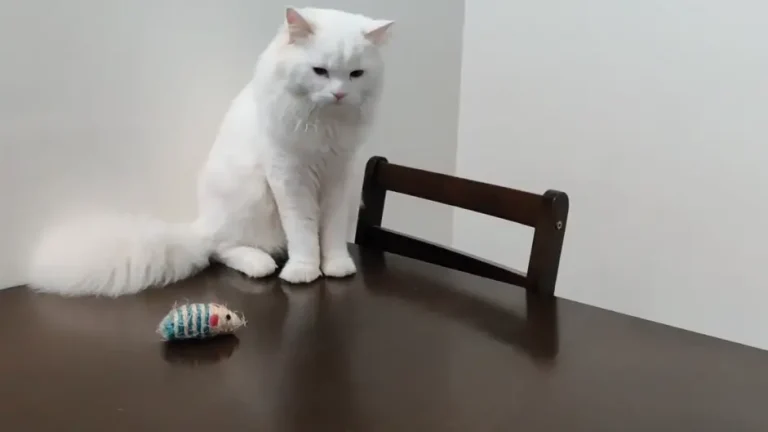
Persian Kitten Growth VS Norman Kitten Growth:
Persian kitten growth and the growth of a kitten from other domestic breed may show differences due to some special characteristics of the Persian breed. Persian kittens take a longer time to become mature cats compared to normal kitten. They normally take 1 to 2 years to reach adulthood; however, normal kitten can reach adulthood in less than 1 year. This gradual Persian cat growth is reflected in their size, muscle development and overall physical appearance.
An important factor that sets Persian cat growth apart from other kittens is their long and luxurious fur. The coat of a Persian cat evolves over time, and proper grooming becomes increasingly important as the kitten matures. Growth of fur somehow distinguishes the Persian cat’s growth from the other normal cat growth. Persian cat’s fur brushing and caring should be started at an early stage to prevent matting and increase the beauty of their coat.
Additionally, the facial structure of Persian kittens also plays a key role in their growth trajectory. The flat or chubby faced features of Persian cats undergo development as they mature. This facial structure also takes some time to develop. An important thing to note that, due to their chubby face, these kittens may face respiratory issue. So be careful and attentive during the growth period of your beloved Persian kitten.
Below are some major factors that differentiate Persian cat growth from the growth of normal cats.
- Coat Development
- Unique Facial Features
- Health Considerations (Respiratory Issues)
- Sensitivity
- Late Maturity
Persian cat Growth Chart:
Here is the Persian cat growth chart from their birth to adulthood. An age wise comparison of their weight and size is listed in the table below. It will be helpful to ensure your Persian kitten’s growth in the right way.
| Persian Cat Age | Male Persian Cat Growth | Female Persian Cat Growth |
|---|---|---|
| New Born | 3.5-4.0 Oz | 3.0-3.5 Oz |
| 1 Week | 4.0-4.5 Oz | 3.5-4.0 Oz |
| 2 Weeks | 4.5-6.0 Oz | 4.0-5.5 Oz |
| 3 Weeks | 6.0-8.0 Oz | 5.5-7.5 Oz |
| 1 Month | 8.0-10.0 Oz | 7.5-9.5 Oz |
| 2 Months | 10.0-16.0 Oz | 9.5-15.0 Oz |
| 3 Months | 16.0-240 Oz | 15.0-22.0 Oz |
| 4 Months | 2.0-3.5 Pounds | 1.5-3.0 Pounds |
| 5 Months | 3.5-4.0 Pounds | 3.0-3.5 Pounds |
| 6 Months | 4.0-4.5 Pounds | 3.5-4.0 Pounds |
| 7 Months | 4.5-5.0 Pounds | 4.0-4.5 Pounds |
| 8 Months | 5.0-5.5 Pounds | 4.5-5.0 Pounds |
| 9 Months | 5.5-6.0 Pounds | 5.0-5.5 Pounds |
| 10 Months | 6.0-6.5 Pounds | 5.5-6.0 Pounds |
| 11 Months | 6.5-7.5 Pounds | 6.0-7.0 Pounds |
| 12 Months | 7.5-9.0 Pounds | 7.0-8.5 Pounds |
| 2 Years | 9.0-14 Pounds | 8.5-12 Pounds |
A one-year-old Persian cat is generally considered as “Young Adult”, and it may continue to grow and mature until the age of 2 years. People who are petting a Persian kitten for the first time may regularly compare their kitten’s weight with the above table and ensure their Persian kitten’s healthy growth.
Persian Kitten Development Phases:
A Persian cat growth can be divided into different phases from birth to adulthood. A kitten starts its life with a tiny and sensitive body, and gradually grows over time. Owners should be careful in its initial phase as it is very sensitive. They learn many things during each phase of their growth. To raise a Persian kitten easily, we are discussing below each phase of its life:
Persian Kitten from Birth to 2 Weeks
As mentioned earlier, it’s a sensitive part of their lives, and humans should be careful during this period. They are born with an average weight of just 3 Oz to 4 Oz. Like all other kittens, Persian kittens are also born with closed eyes and try not to be separated from their mother. If separated, they fully become dependent on their humans. However, don’t try to touch the newborn kitten too much; just leave it alone and only interact with it during feeding. A kitten normally opens its eyes between 10 and 14 days of age, and this is the time to start introducing yourself to it. But be careful, as its sensitivity is still present.
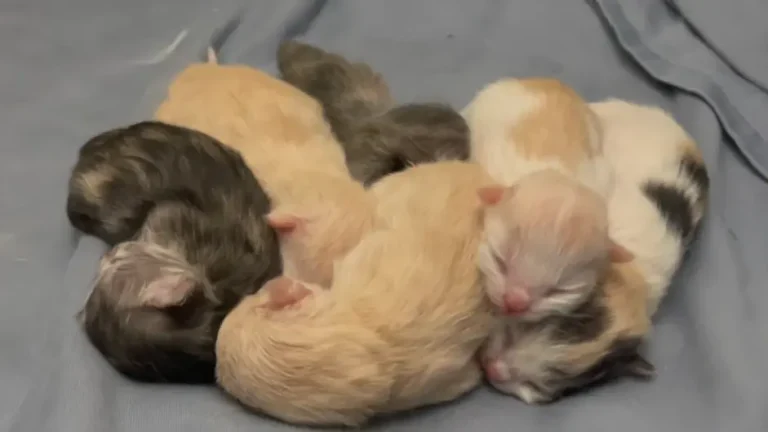
Persian Kitten between 2 and 4 Weeks
In the early third week, the Persian kitten tries to learn basic things like sitting and standing. A healthy kitten may attempt a little jumping during this period. In this phase, kittens don’t know what is good and bad for them. So keep an eye out and ensure their security, as they can put themselves in potential danger. After a few days of struggle, your kitten will be able to jump on your bed by the end of fourth week. Now it’s time to start your kitten’s basic training, like how to use a litterbox.
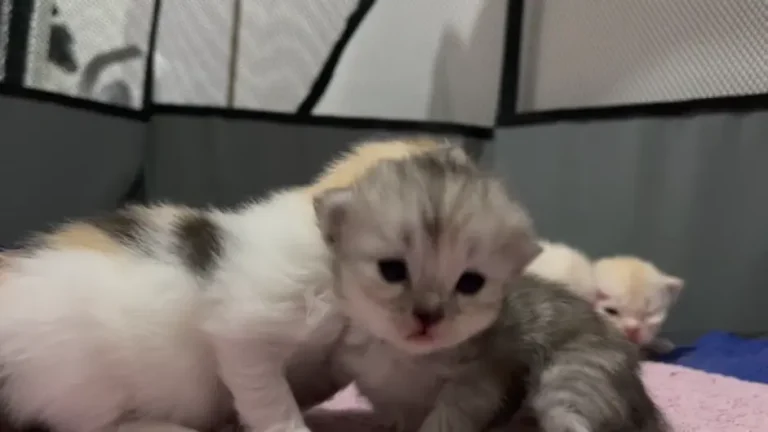
Persian Kitten between 4 and 6 Weeks
In this phase, Persian kittens start increasing their activities by playing and exploring. Every object is new to them, and they start exploring it. So, bring some toys now and start providing them some entertainment. They will become more playful when you start playing with them. It’s time to start early grooming by checking and cutting their nails. Train them not to use their nails on you or any other human.
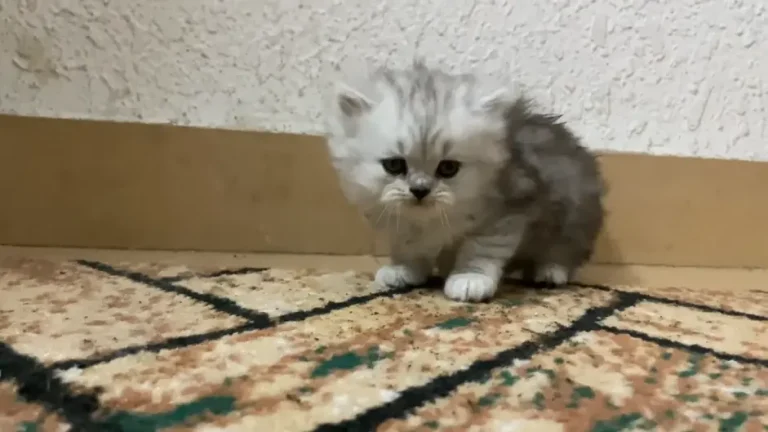
“Kitten butt” can also be seen at this age. Kittens may not use litterbox properly, and some of their poop may remain on their fur, which is called “Kitten butt”. So, check and clean them on daily basis. Also, prepare them for the first dose of vaccination in the sixth week.
Persian Kitten between 6 and 8 Weeks
A sensitive phase of Persian cat growth has come to an end, and another important phase in is now about to begin. At this age, a Persian kitten requires grooming and attention from its human. Their fur becomes long and needs brushing. You can now give the first bath to your kitten and brush its fur after drying. The kitten also recognizes its human now. It’s time to socialize them and interact with them on a daily basis. Pick up your kitten with love and cuddle it to create a lovely relationship. Start teaching them some tricks and prepare them to obey your commands.
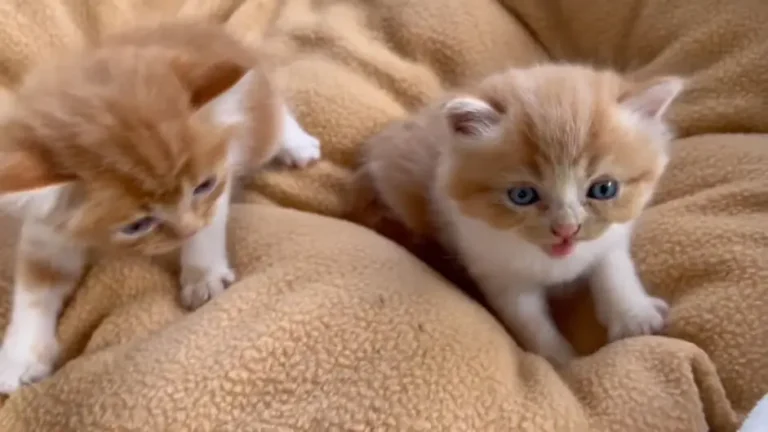
Persian Kitten between 8 and 12 Weeks
They become more playful now and spend most of their time playing. Make a schedule to feed them and use a high quality diet, which should contain all necessary proteins and vitamins for them. A second and third doses of vaccinations are also received in this period. Train them to associate vaccination with joy and exploration, not stress. Also, consult with a veterinarian to ensure that your kitten is healthy.

Persian kitten between 3 and 12 Months
The kittens continue to grow gradually and increase their weight. All their humans need is to do proper care. Their living area should be clean and enough to go around. Continue their grooming training and socializing as discussed in earlier stages.
Diet plays a key role in their strength and healthy growth. So, be conscious about their diet. Additionally, one-year-old kitten is considered young adult, and its dependence on humans become low.
Factors to accelerate Persian cat Growth:
It is necessary to discuss the factors that accelerate a Persian kitten growth. You should consider these factors to ensure your kitten grows healthy in less time.
Nutrition
Providing a high quality and balanced diet plays a crucial role in the Persian cat growth and development. Ensure to feed a specifically formulated diet made only for Persian kittens. Establish a regular feeding schedule and follow it strictly. A schedule ensures that the cat or kitten knows when to eat. Give them access to fresh water at all times.
Grooming
Another key aspect is grooming, particularly for Persian kittens with their long and luxurious coats. Daily brushing is necessary to prevent tangles and matting, and it also reduces the risk of hairballs. Dead hears can also be removed by brushing their fur. Pay special attention on their eyes to prevent tear staining and infections.
Health Care
Be conscious of their health and keep an eye on their overall well-being. If you notice laziness or any other symptoms of sickness, take them to veterinarian immediately for a medical check-up. Keep them busy in different physical activities like playing and exercise. Good overall health contributes to the fast growth of a Persian kitten.
Factors that Slow down Persian Cat Growth:
We have discussed the factors that contribute to the fast growth of a Persian kitten. Additionally, there are some other factors that, if not considered, can negatively impact the Persian cat growth and slow down their development. Therefore, it is essential to learn about such factors.
Poor Nutrition
Improper nutrition can significantly impact the speed of Persian cat growth. Persian kittens may face stunted growth and development issues if they do not receive a balanced and well-formulated diet. A healthy diet is required for the normal growth of a Persian kitten.
Environmental Stress
Like humans, stressful environments also negatively impact a Persian cat growth. Loneliness, ignorance or any disruptions to their routine life can lead them to stress. Both their growth and overall health are affected negatively. Creating a suitable and enrich environment is necessary for their physical and mental growth.
Health Issues
As discussed earlier, Persian kittens may face health issues due to the unique physical characteristics. Respiratory Issues are common in the Persian breed, and they may experience difficulty in breathing. Quick action is required when you notice any health issues in your kitten. If ignored, both you and your kitten may have to bear the consequences.
Conclusion:
The Persian cat growth is considered normal to slow as it takes 1 to 2 years to reach adulthood. They experience many things during their growth period. The initial stage is considered sensitive, and they need more attention during their earlier age. They learn many things with the passage of time and become the best feline companion for their humans, who dedicate their time to raising them. Various factors affect their growth positively and negatively, so, it is essential to keep these factors in mind to accelerate Persian cat growth.

